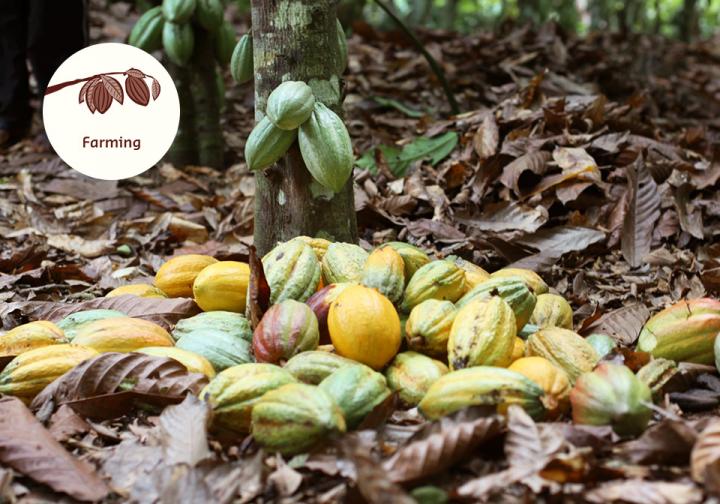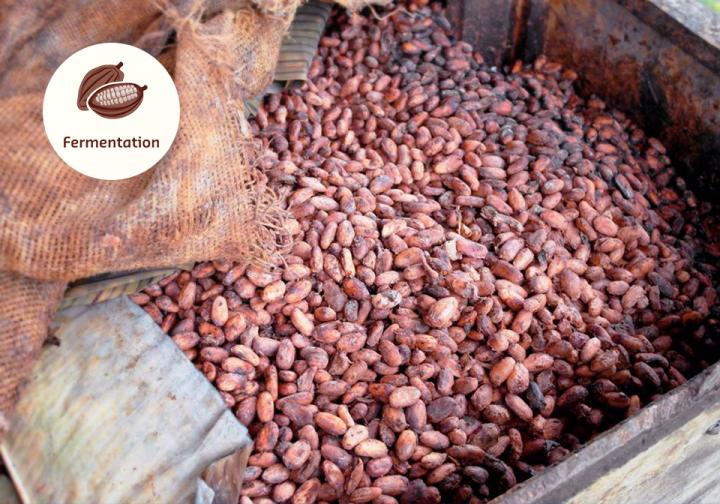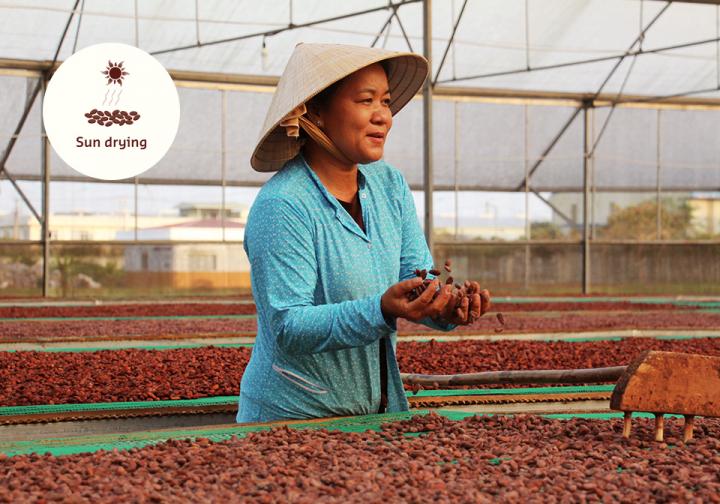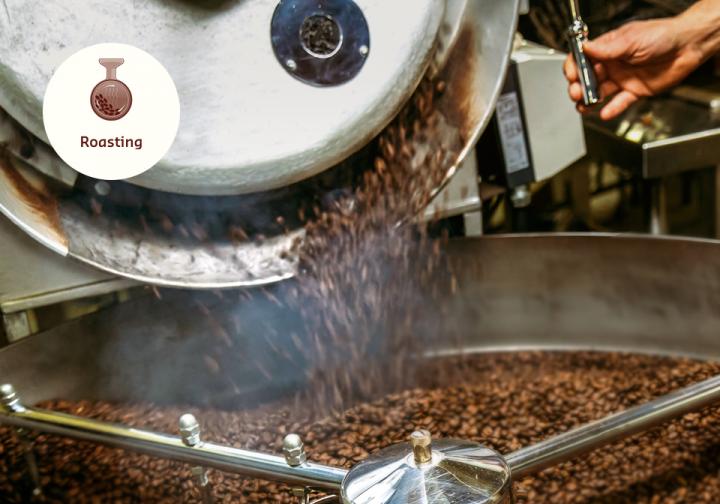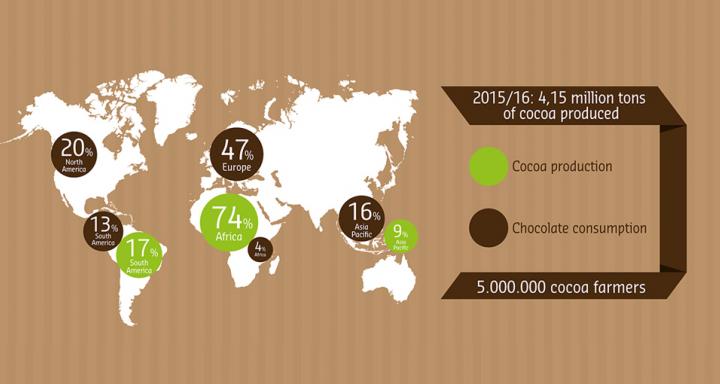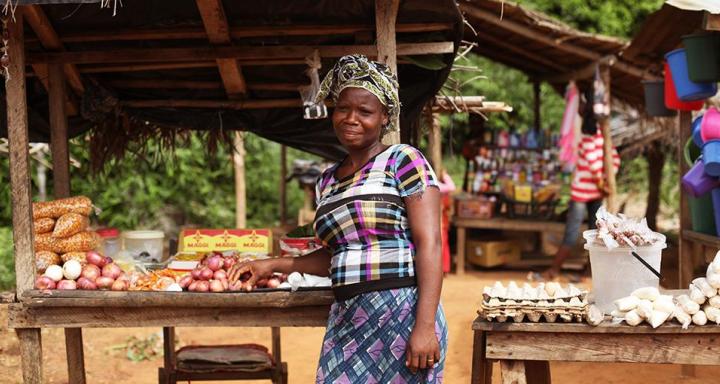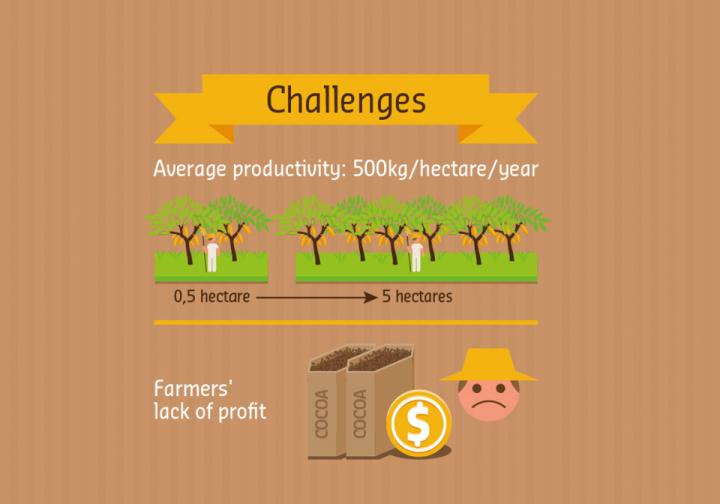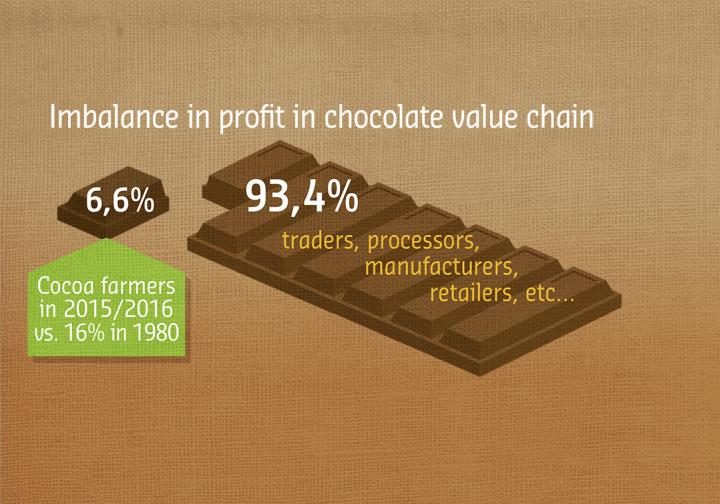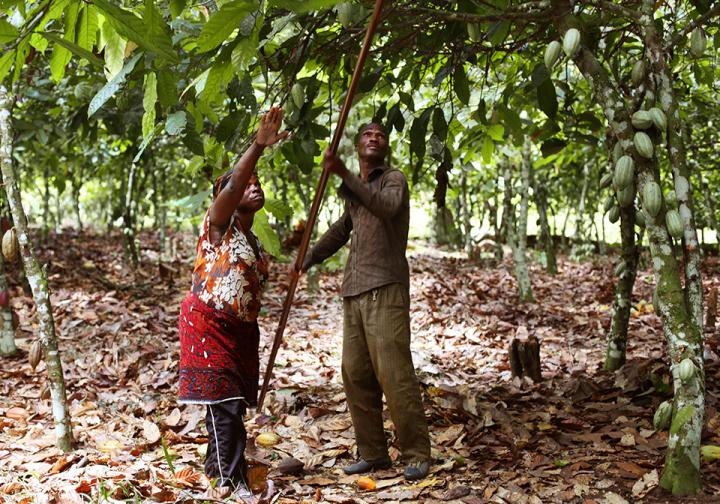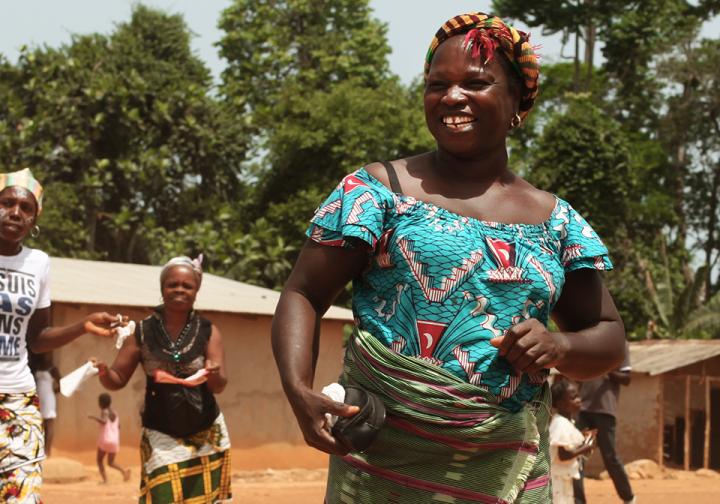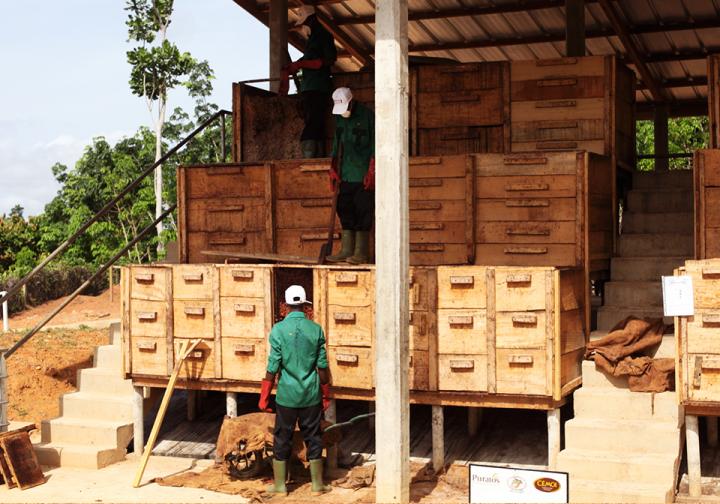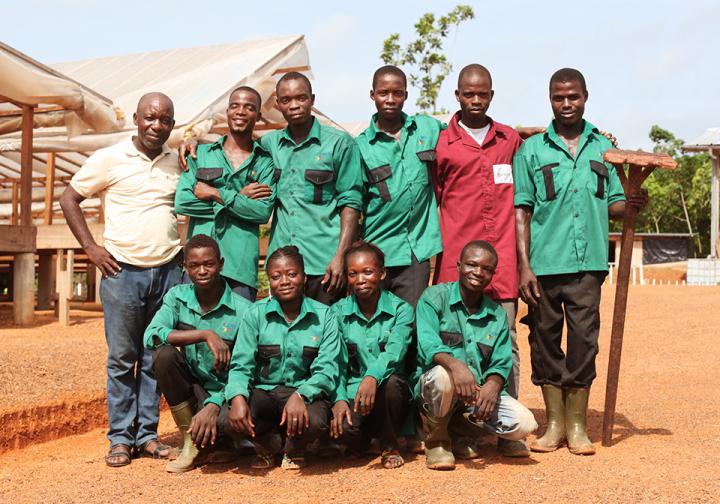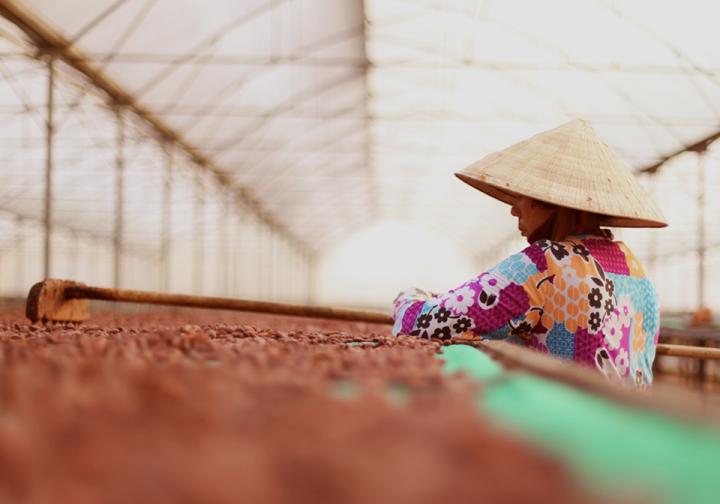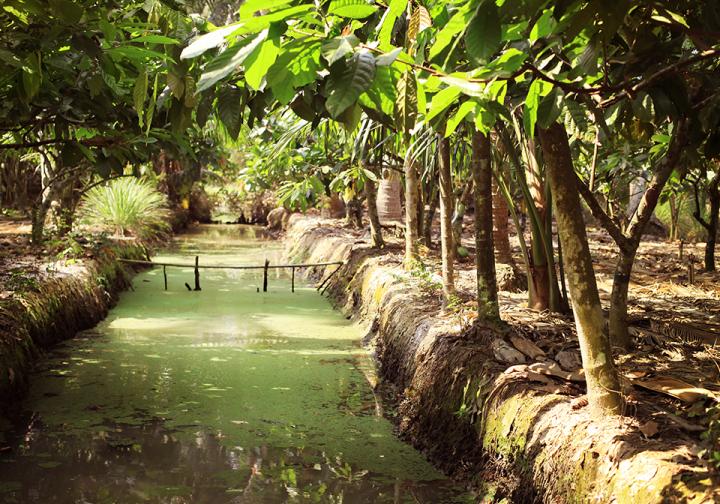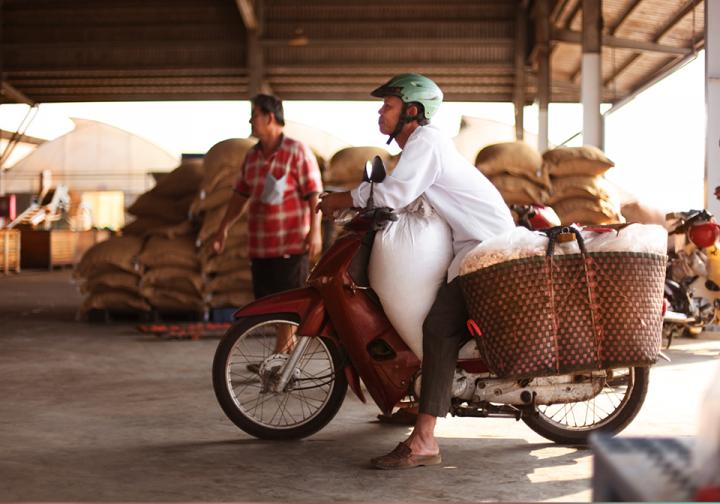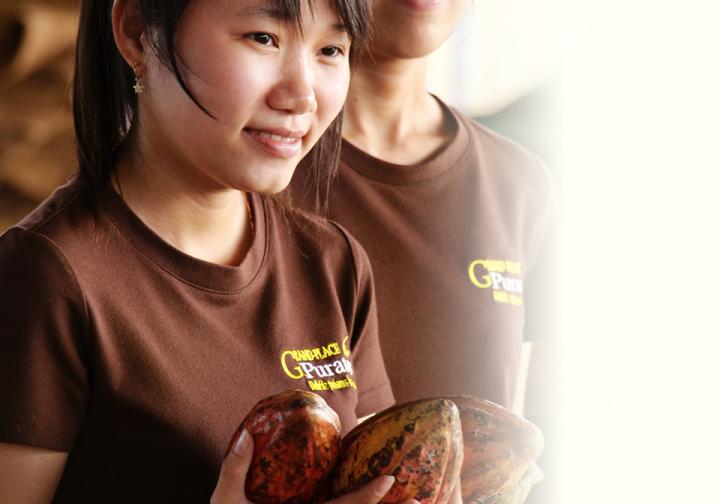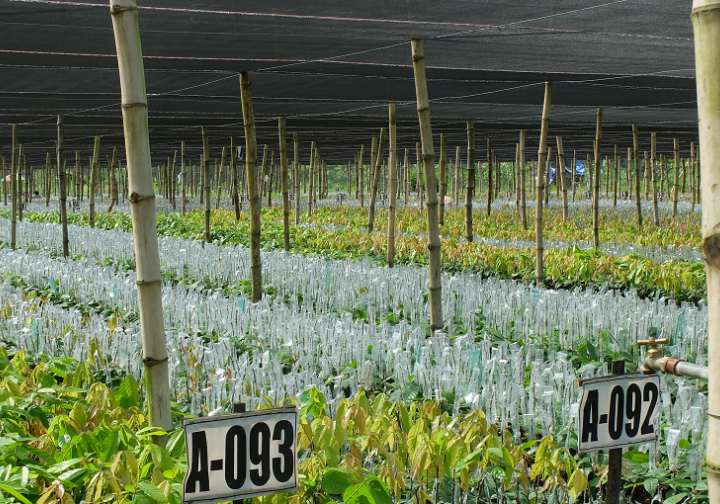From tree to treat - Cocoa’s journey to Chocolate
The transformation of cocoa into chocolate begins with a tree, the Theobroma Cacao. Grown in humid, tropical climates, the tree begins bearing fruit after about two years. This fruit is the cocoa pod which contains the precious cocoa beans. Harvested manually, these beans are naturally fermented for up to a week and dried in the sun. The journey continues as the beans are then shipped to chocolate producers where they are roasted and ground into cocoa mass. This mass is then mixed with sugar and other ingredients and further refined to develop the aromas loved by chocolate lovers everywhere. Each step of this complex process is critical to ensure a superior tasting chocolate

